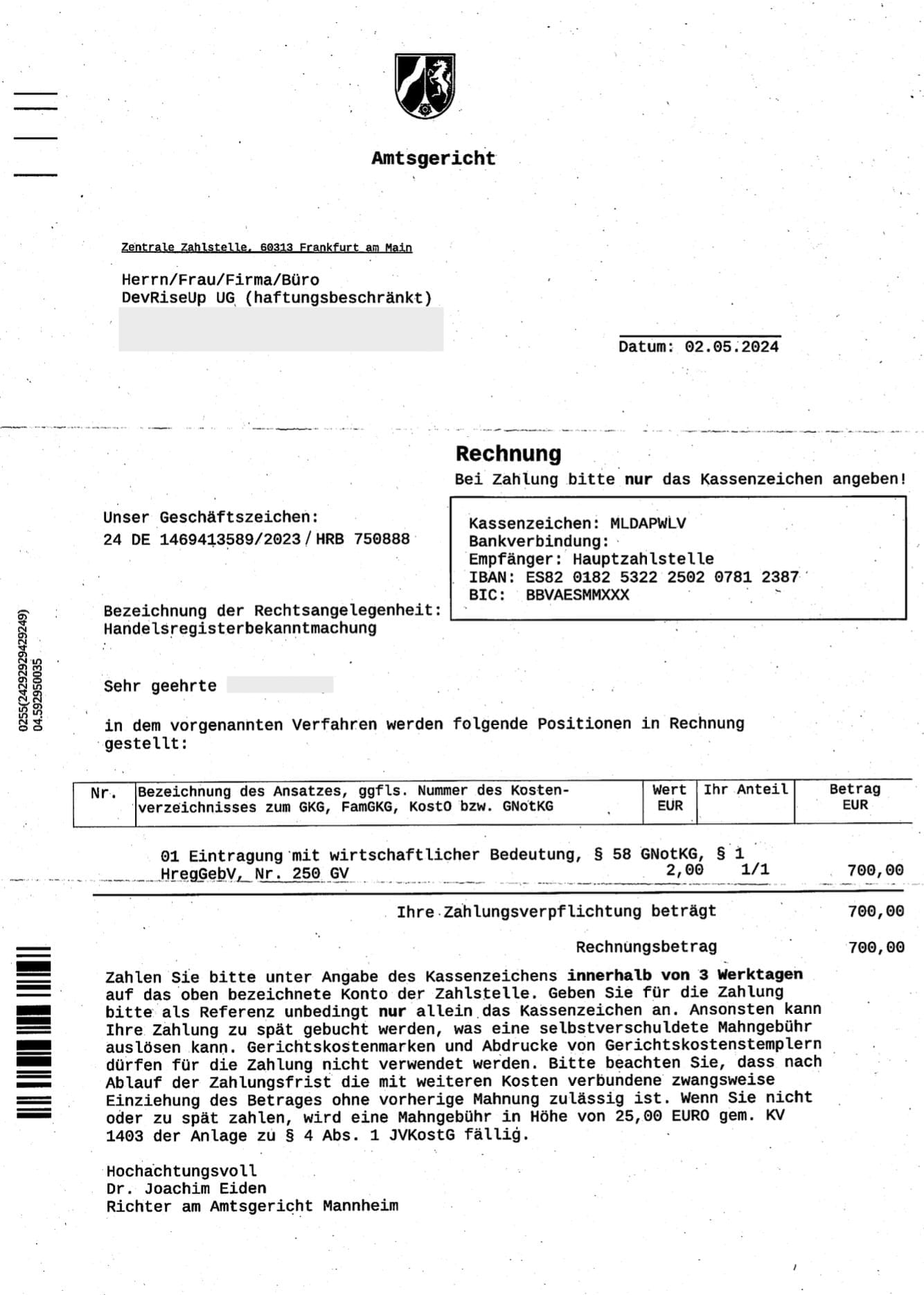In the digital age, it is becoming increasingly difficult to distinguish between truth and fake. Particularly worrying is the development of so-called deepfakes - realistic-looking and sounding videos or audio files that are created with the help of artificial intelligence (AI) and often appear deceptively real. In this article, we highlight five key security lessons you should know in order to protect yourself and your company from the dangers of deepfakes.
No longer trusting your eyes and ears
One of the most important lessons is that you can no longer blindly rely on visual and auditory information. Deepfakes can imitate faces and voices so realistically that even experienced people have difficulty recognizing the fake. This means that critical information or instructions transmitted in the form of videos or audio files must always be questioned and verified. Use additional verification methods such as callbacks or personal confirmations before reacting to such information.
Digression - experienced several times: This applies all the more to invoices received by email. Especially in the corporate context, where decision-makers and executors are different people, this can have fatal consequences when it comes to paying invoices that arrive by email. Stringent processes and regular training for everyone involved are needed here - it's better to ask twice too much than once too little! Or another example of what we have experienced: When DevRiseUp was founded, we received this letter:

Fake or real? This is fake! Would you have noticed?
Human error as the main cause of security vulnerabilities
Technology alone cannot guarantee comprehensive security. Human error is still the most common cause of security breaches. Social engineering, phishing attacks and other manipulation techniques exploit weaknesses in human behavior. Deepfakes are particularly effective because they create trust. It is therefore essential to regularly inform employees about the latest threats and to sensitize them to potential dangers.
Training for your employees and partner companies is essential
To minimize the risks of deepfakes, continuous training of your employees and partner companies is essential. This training should not only teach technical skills, but also raise awareness of potential threats (see above). Employees must learn to recognize suspicious content and act in case of suspicion. Workshops and regular updates on new deepfake techniques can help to keep knowledge up to date. In the example above, the very short payment term in conjunction with a Spanish IBAN alerted us to the fact that the letter could not be genuine.
Restrict access to your IT and introduce strict security measures
Another important point is to restrict access to your IT infrastructure. The more people have access to sensitive data and systems, the higher the risk of misuse. Implement strict access controls and ensure that only authorized and trained persons have access to critical systems. Multi-factor authentication (MFA) should be standard. In addition, regular audits and monitoring of IT security measures should be carried out to identify and address potential vulnerabilities at an early stage. Unfortunately, it is also necessary to keep IT technology up to date, which usually involves considerable effort.
Prepare yourself for an emergency
Despite all precautions, a security incident can occur. It is therefore important to be prepared for an emergency. Develop emergency plans that define clear steps and responsibilities. Develop alternative communication channels. Carry out regular emergency drills. Do not rely on your intranet. If you have taken out cyber insurance, you should be fully aware of the terms and conditions of the policy so as not to jeopardize your insurance cover. In the event of a cyber attack, damage limitation measures must be initiated immediately and all parties involved must be informed. Prepared checklists are essential for this. And of course - even if it is a truism: backups that are physically decoupled from operational IT help in an emergency. A quick and coordinated response can minimize the damage considerably.
Conclusion
The age of deepfakes and cyber attacks poses new security challenges for companies and individuals. By recognizing the dangers and implementing the security lessons described, you can minimize the risk and protect yourself better. Don't blindly trust your eyes and ears, sensitize your employees and partner companies and restrict access to sensitive data. Above all, prepare for emergencies so that you can react quickly and effectively in the event of an emergency.

